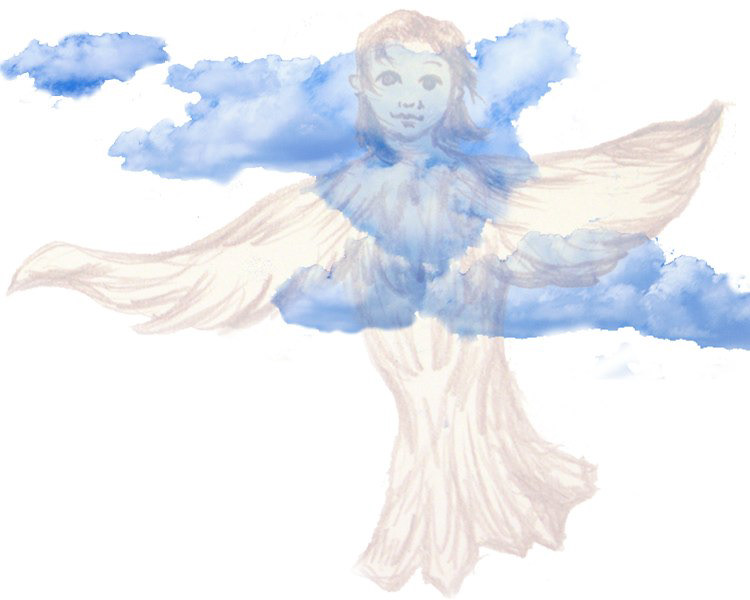



















AR and interpreting artist’s memory
It is important to understand how visitors will reconstruct an artist’s intended meaning in his or her autobiographical artwork. People construct new realities, experiences, and meanings whenever they encounter new imagery in digital media. Their reactions to what they are seeing and touching vary based on their own life experiences and memories. I adopt and adapt the idea of Eisenstein’s “intelletual Montage” to this project. To create unique user experiences, I juxtapose and overlay images from old and new media, paintings, and AR technology. Eisenstein explained this intellectual montage by mentioning Chinese ideograms, a dog + a mouth= "to bark." The images conflict with each other, but the assemblage of them creates new meanings. Shot A of the animals is juxtaposed with shot B of spies, and the synthesis yields the symbolic meaning C, that the animals are spies. I adapt this symbolic meaning-making process to my project. The painting, “family”, is a self portrait, and what people can see are a woman, a house, and Atlanta’s Stone Mountain in the background. Without seeing any animations from the AR device, viewers can still get the artist’s complete ideas. However, their active participation can complete the meaning making of my project. Image A of the woman is juxtaposed against or overlapped with the images of the children, and the synthesis yields the symbolic meaning C, that they are a family. With this intellectual montage in my project and the accompanying symbolism, I want to present my life and memory attached to Atlanta, GA.
